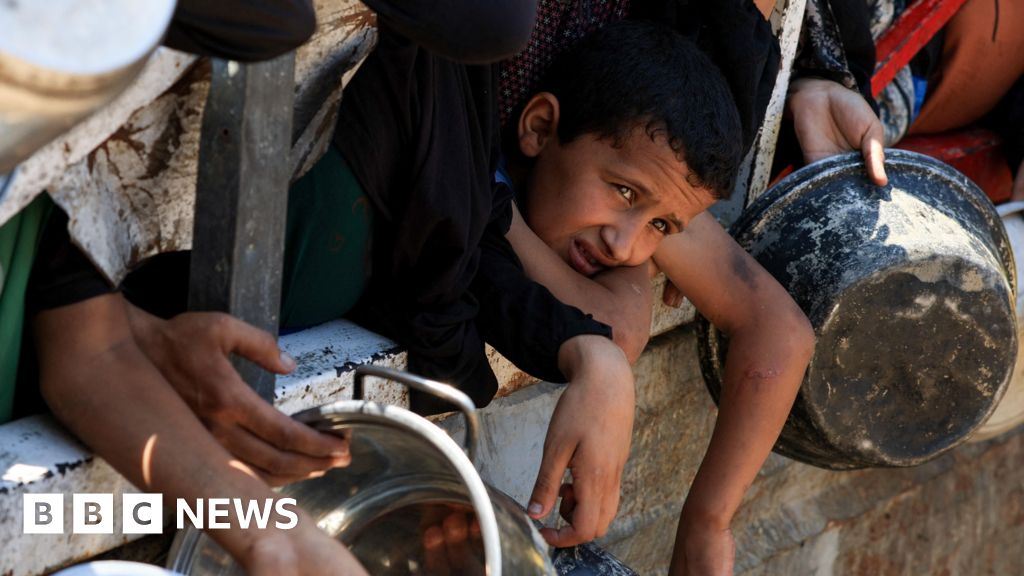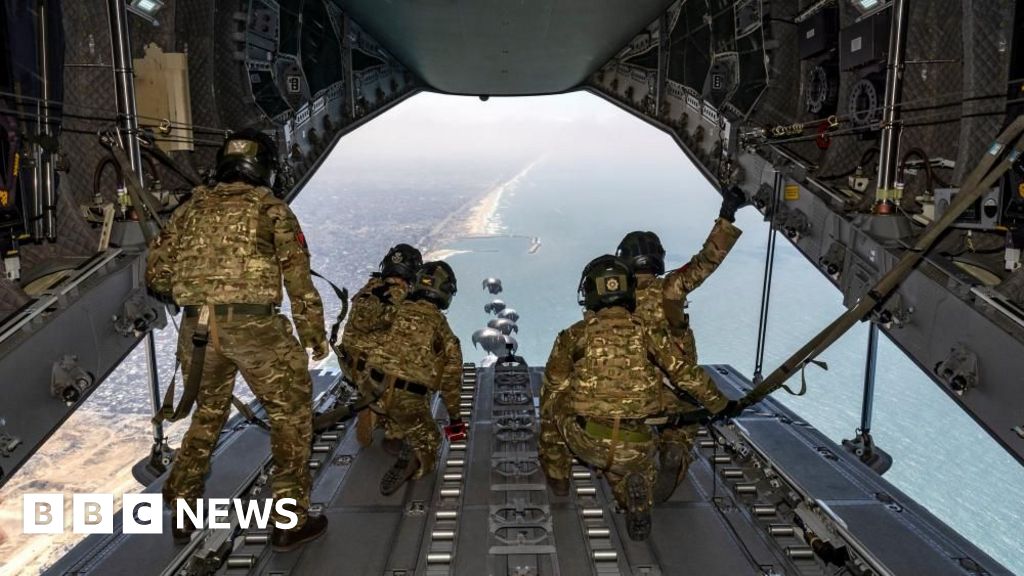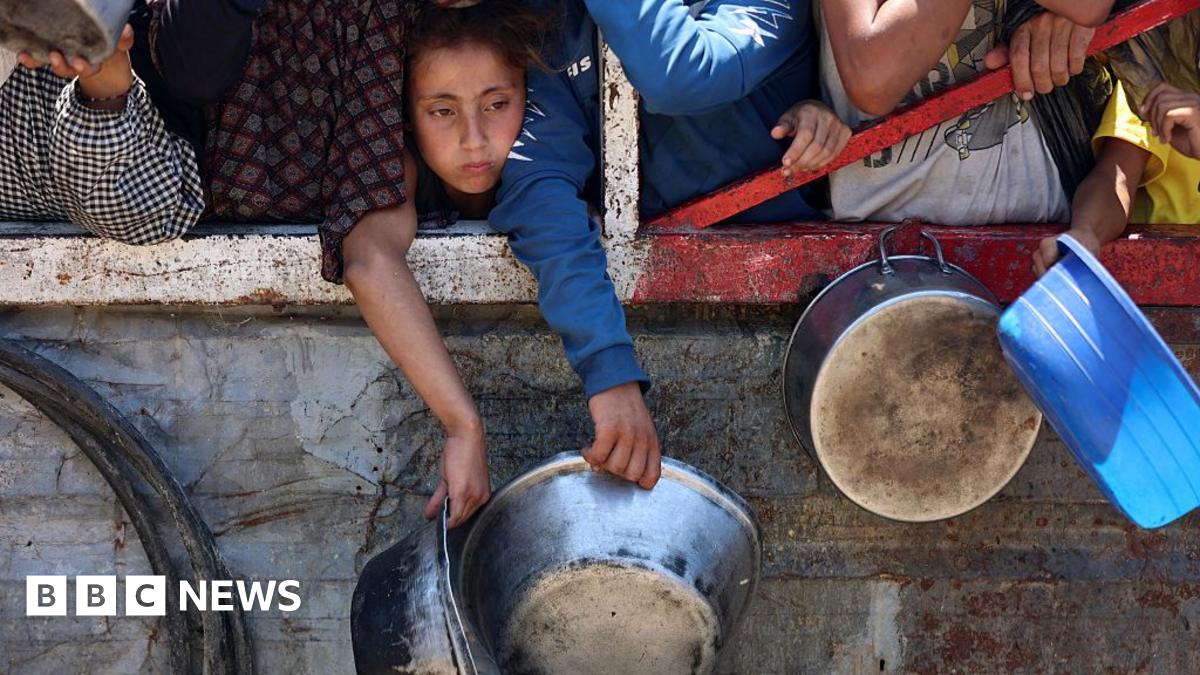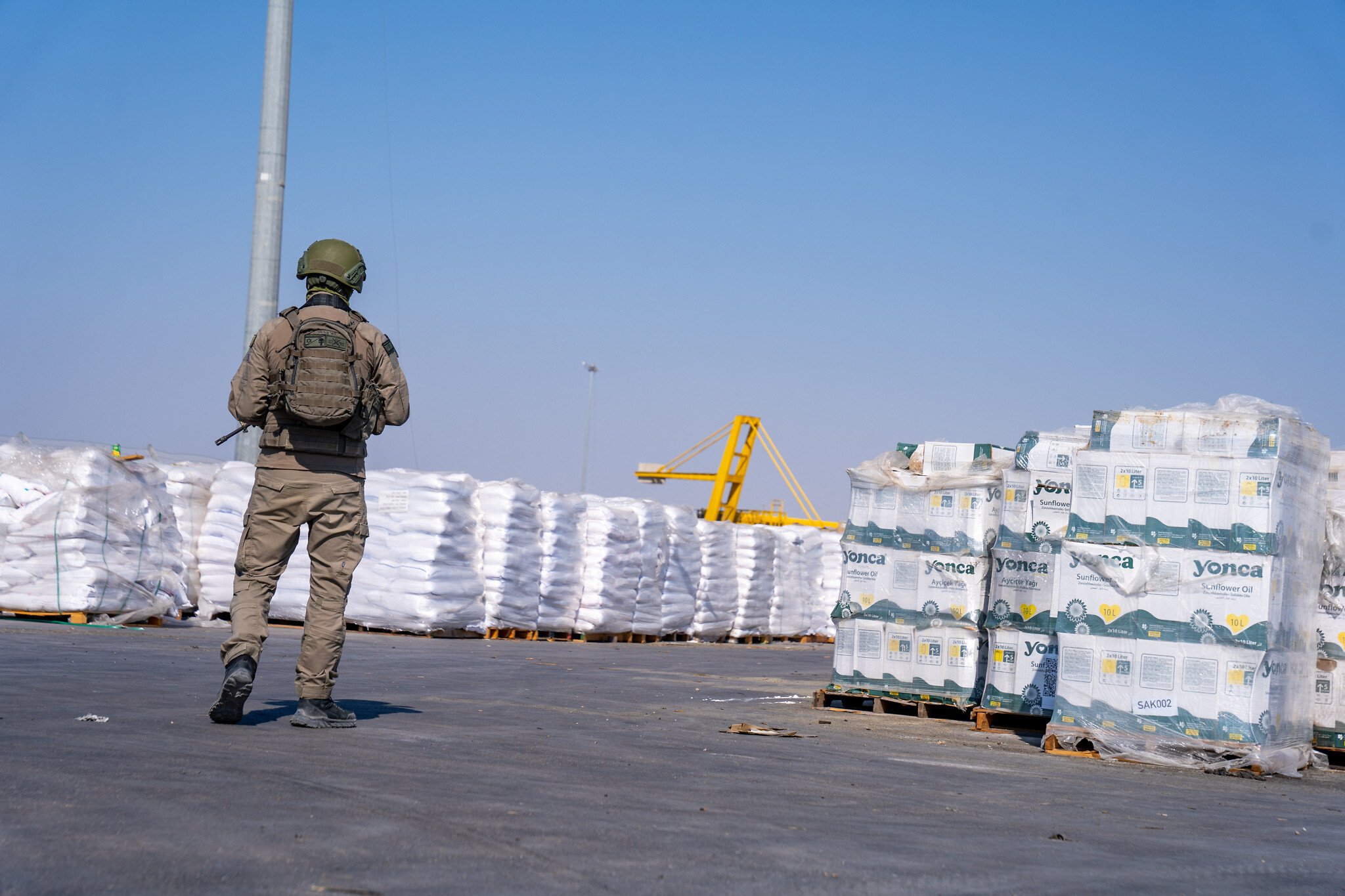T4K3.news
Air drops of aid in Gaza face serious criticism
Israel's decision to use air drops for aid delivery raises safety concerns for those in need.

Air drops appear as a quick fix but pose significant dangers for civilians in Gaza.
Air drops in Gaza highlight aid challenges and risks
Israel claims it places no restrictions on aid entry into Gaza, a statement disputed by allies and humanitarian organizations. Despite these assertions, Israel has suggested air drops of aid in response to strong criticism regarding starvation in Gaza. Historical instances of air dropping aid illustrate its dangers; in past conflicts, individuals have faced injury or death while chasing dropped supplies. Aid professionals view air drops as a last resort and in Gaza, a nearby functioning port and border offer alternative access routes. The potential for harm is high, as aid can land far from those in need, battling for resources in overcrowded conditions.
Key Takeaways
"We call on the Israeli government to immediately lift restrictions on the flow of aid."
This statement emphasizes the urgency for unrestricted aid access in Gaza.
"Air dropping aid is an act of desperation."
This highlights the limitations of air drops as a viable aid strategy.
"Dropping aid delivers very little compared to a convoy of lorries."
This underscores the ineffectiveness of air drops in substantial aid delivery.
"Pallets often land far from the people who need it."
This illustrates a logistical challenge faced during air drops.
The reliance on air drops as a humanitarian solution in Gaza raises critical questions about actual effectiveness and safety. With considerable logistical alternatives available, the choice to drop aid appears superficial, primarily intended to appease international scrutiny. Past experiences with air drops demonstrate that they can lead to chaos on the ground, with desperate individuals risking their lives for food. The current situation in Gaza necessitates not just immediate aid but sustained access and a ceasefire, as air drops alone will not resolve the underlying humanitarian crises.
Highlights
- Air drops are a last resort, not a solution.
- Symbolic gestures do not fill empty stomachs.
- Each air drop risks creating more chaos than relief.
- Aid can look good on TV but fail in reality.
Concerns over humanitarian aid strategy
Air drops in Gaza pose serious risks to civilians and may exacerbate hunger rather than alleviate it. The method has led to injuries and chaos in past conflicts, raising ethical questions about effectiveness and safety.
The situation calls for a reevaluation of aid strategies that prioritize safety and effectiveness.
Enjoyed this? Let your friends know!
Related News

Israeli Forces Face Allegations of War Crimes

Israel conducts airdrops to aid Gaza amid criticism

UK plans air aid delivery to Gaza as political pressure grows

Israel announces new aid measures for Gaza

Starmer to discuss Gaza conditions in Trump meeting

Gaza faces potential famine amid escalating conflict

Israel continues to struggle with Gaza aid delivery

Deaths rise in Gaza as aid fails to reach those in need
